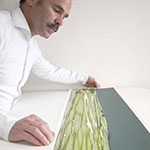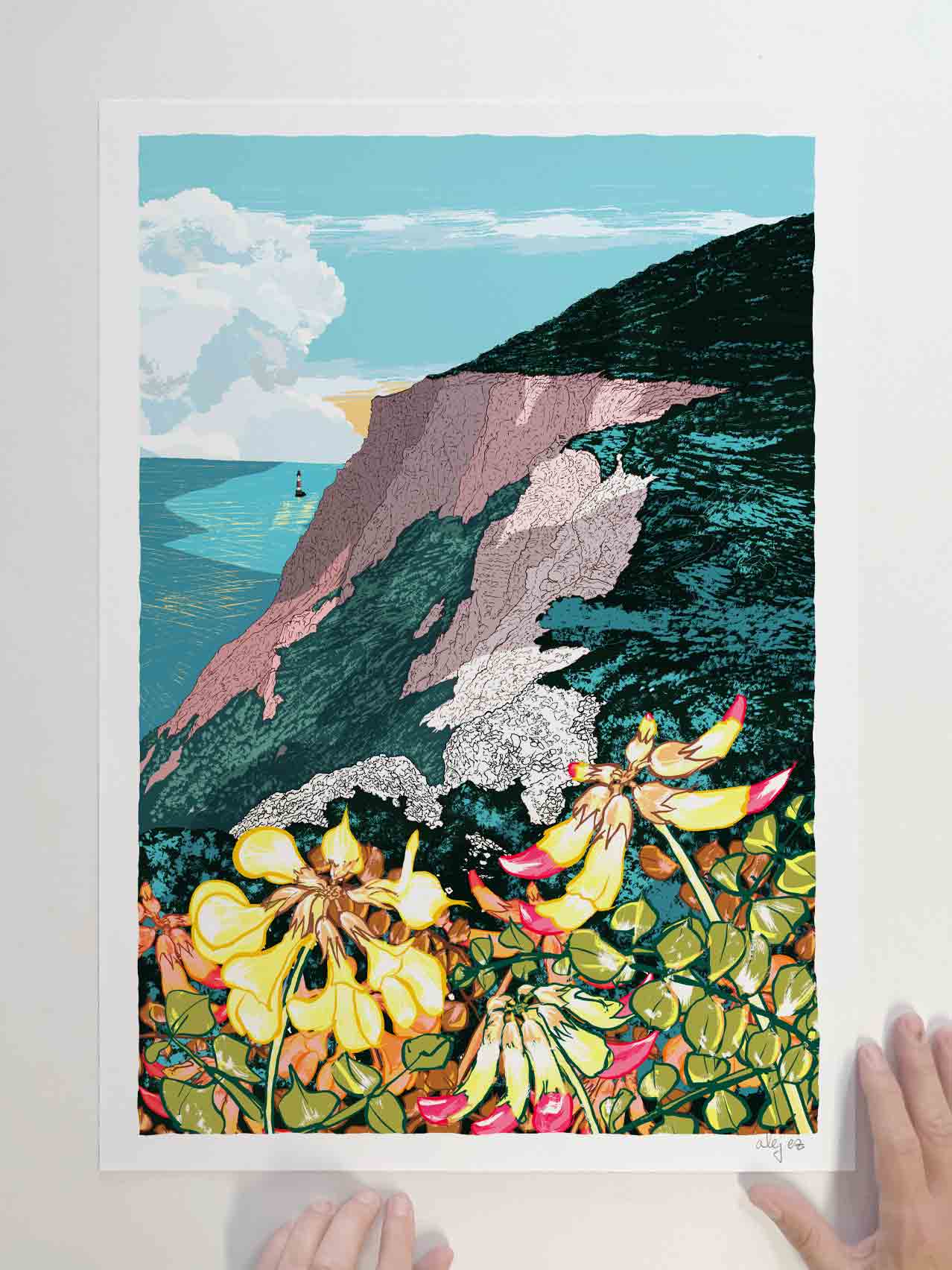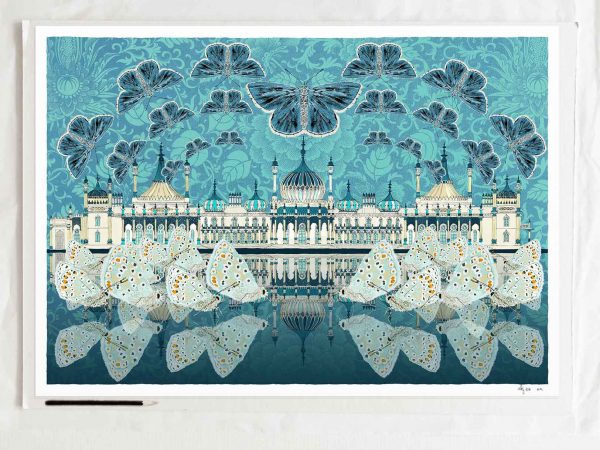Horseshoe Vetch Beachy Head Fileds
Price range: £40.00 through £310.00
Description
Horseshoe Vetch Beachy Head Fileds
Print description
Cow Gap, just below Beachy Head, is a beautiful natural green amphitheatre open to the English Channel. In this ecosystem of chalk soils, you can easily spot the humble horseshoe vetch, its blooms like small suns radiating joy among the grasses. This print is a record of my daily spring walks and runs and night studies of wild flowers in 2025
Print details
Pigment print from original ink drawings. Printed on fine art paper using archival inks. Available in sizes A0,A1, A2, A3 or A4 as limited editions of 100. Each print is individually signed and numbered.
Horseshoe Vetch (Hippocrepis comosa)
Horseshoe Vetch is a low-growing, sun-loving wildflower found on chalk and limestone grasslands across Britain and Europe. It forms neat mats of fine, fern-like foliage and produces clusters of small, bright yellow flowers from late spring into early summer. Each seed pod develops into a distinctive curved shape—like tiny horseshoes—giving the plant its name.
This plant is ecologically significant: it is the primary caterpillar food plant of the Chalkhill Blue and Adonis Blue butterflies, making it a key species for wildlife conservation and grassland biodiversity. This butterfly features on my print Butterfly Art Royal Pavilion Crystal Blue. Horseshoe Vetch thrives in thin, well-drained soils with full sun and prefers habitats that are grazed or managed to stay open and low.
Cow Gap, Below Beachy Head
Cow Gap sits just east of Beachy Head, where the chalk cliffs begin to fold low and the land meets the sea in a quieter, more sheltered way. Here the coastline opens into sloping chalk grass meadows that run down towards a narrow rocky shore. The ground is thin and sun-bleached, shaped by wind, salt spray, and centuries of grazing. Because of these conditions, the turf stays short, open, and full of specialised plants adapted to chalk soils.
You find Horseshoe Vetch, Thrift, Rock Samphire, Sea Campion, and other low-growing species that cling to the steep slopes, each holding its place against weather and erosion. These meadows are also home to blue butterflies and day-flying moths, whose lifecycles depend on the plants rooted here. Above, kittiwakes and fulmars circle the cliff faces, riding the updrafts.
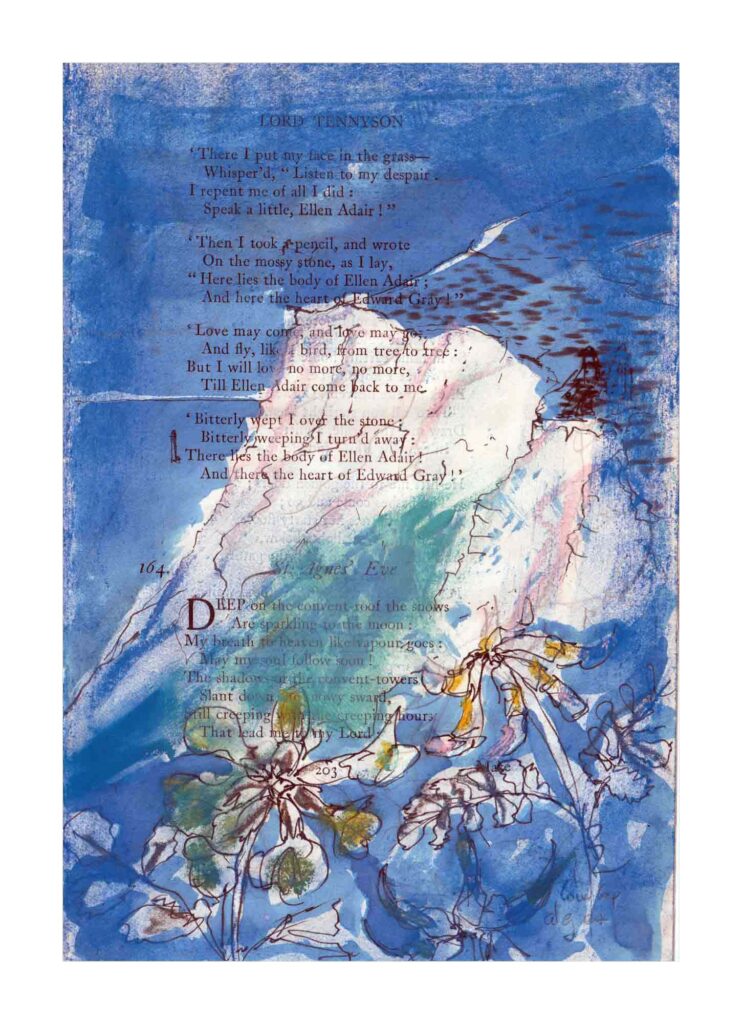
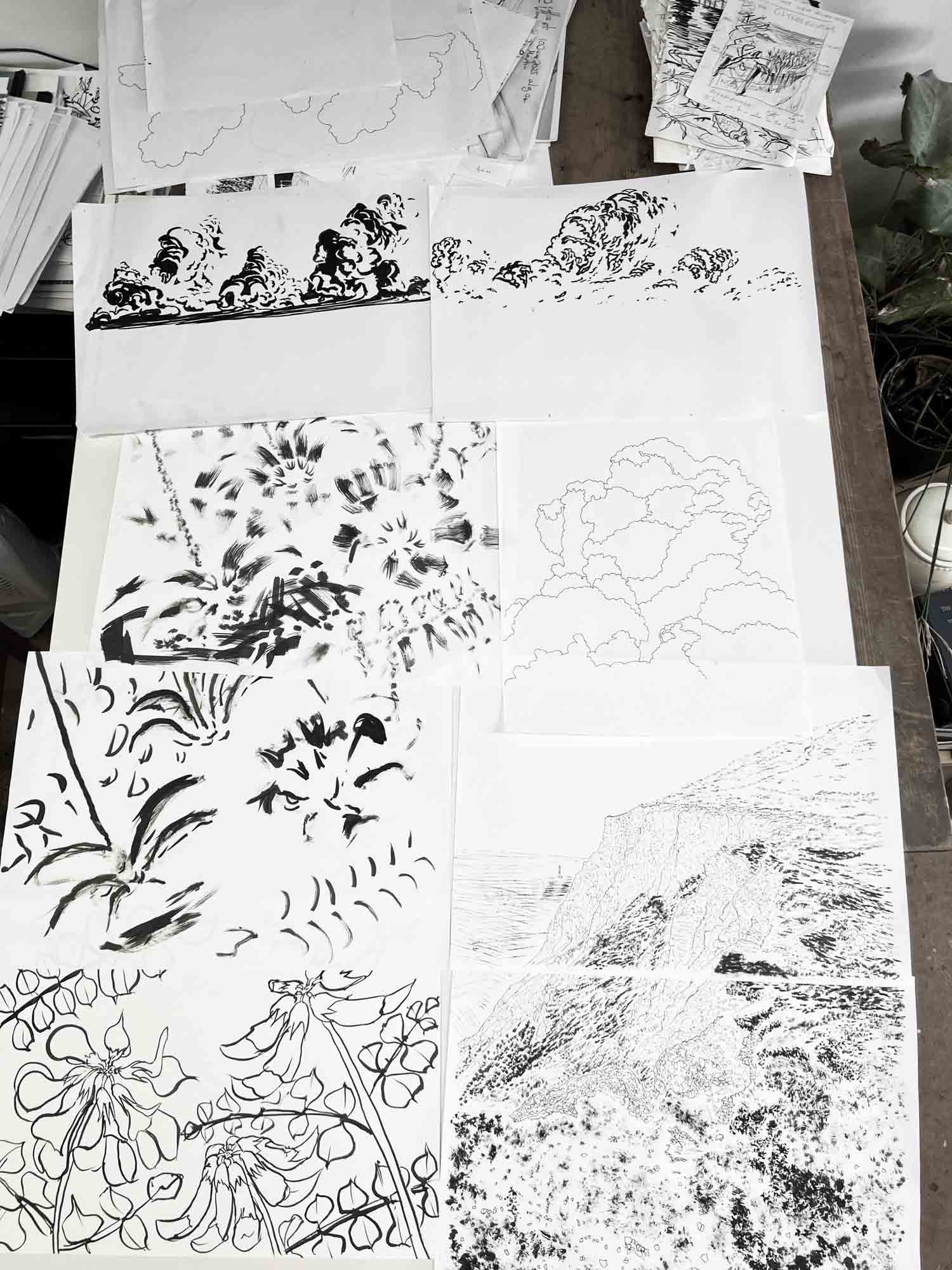

You might also like
-
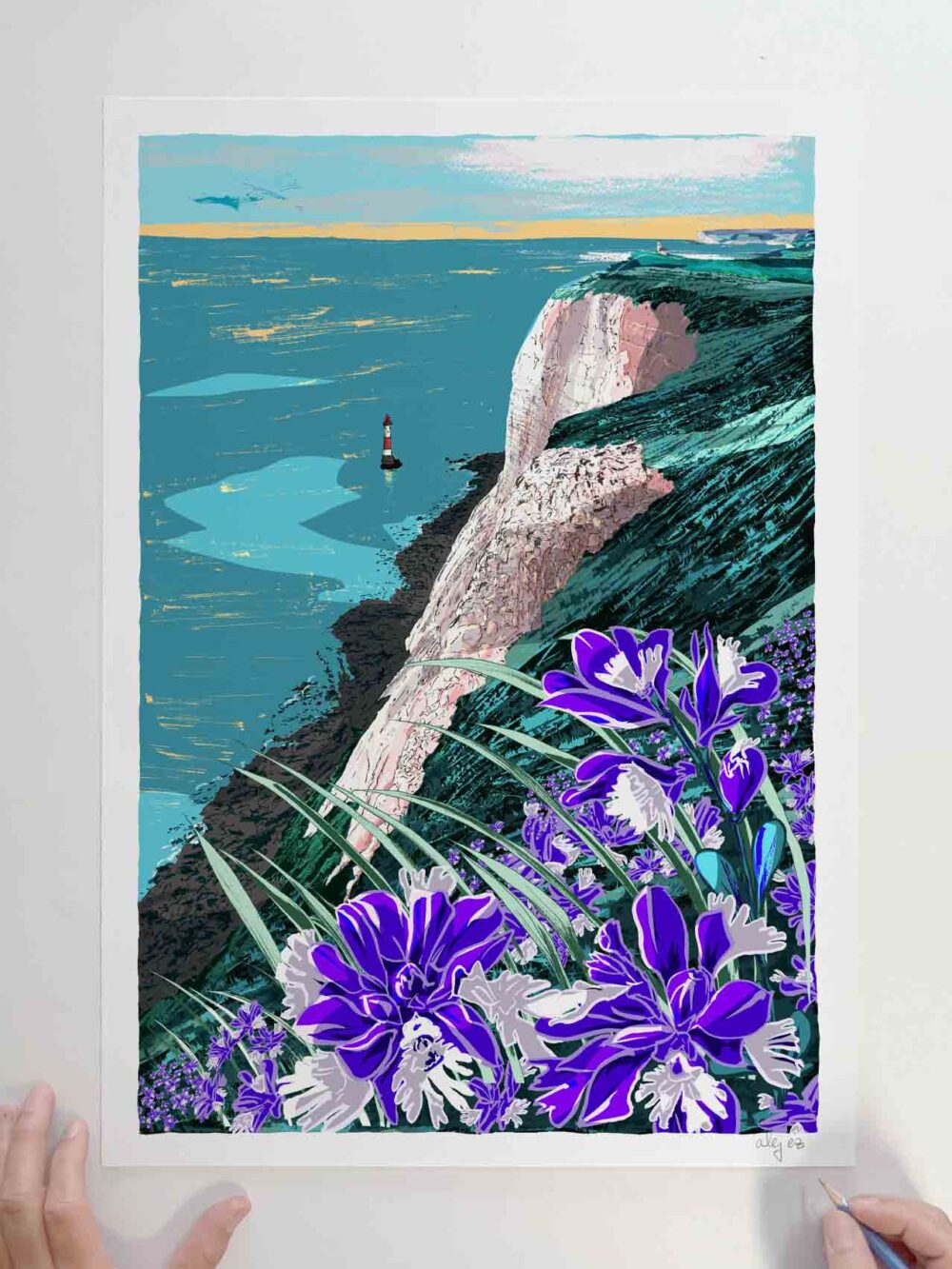
Chalk Milkwort Beachy Head
Price range: £40.00 through £310.00 Select options This product has multiple variants. The options may be chosen on the product page -
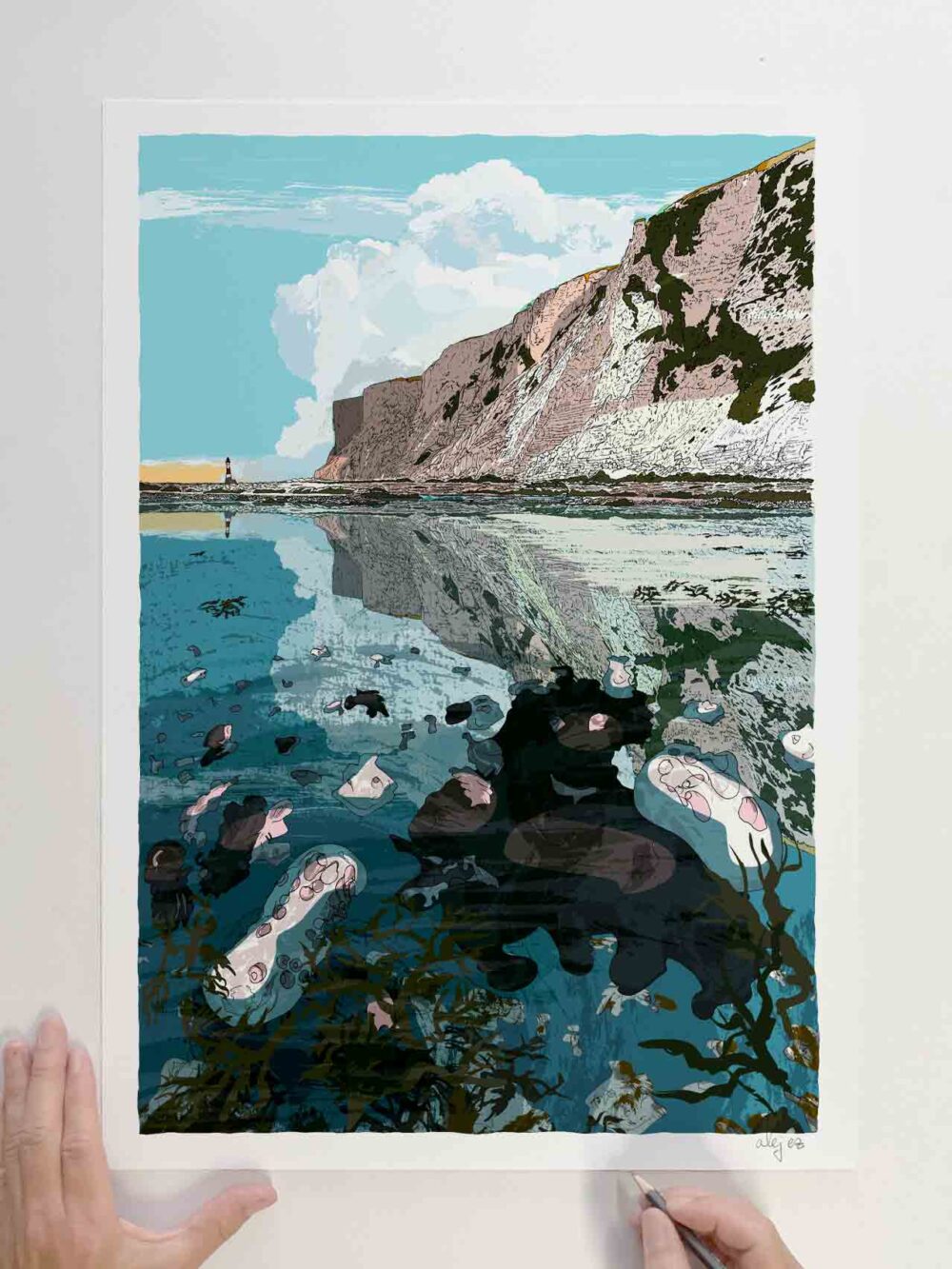
Chalk Piddocks – Angel Wings – Beachy Head
Price range: £40.00 through £310.00 Select options This product has multiple variants. The options may be chosen on the product page -
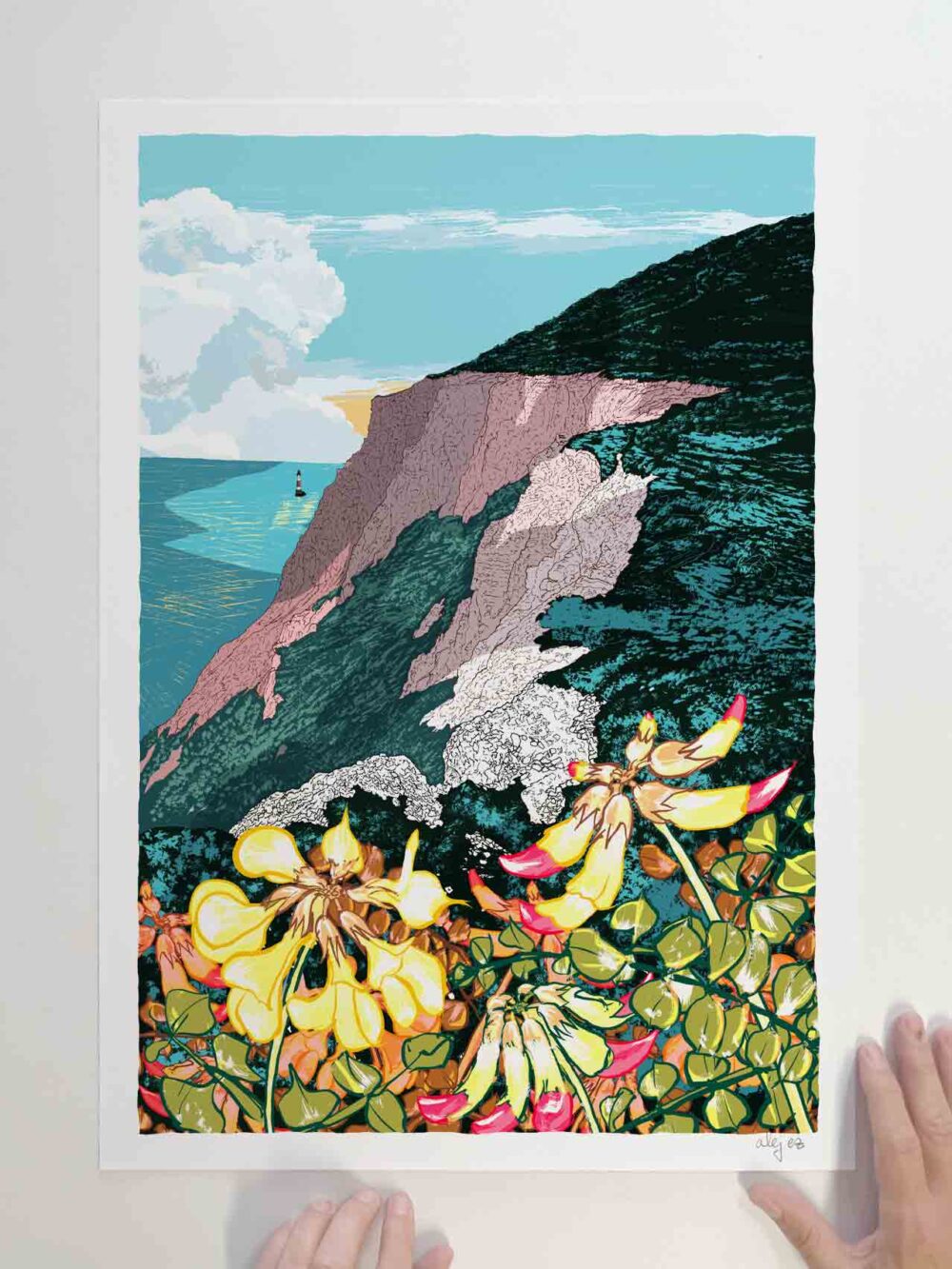
Horseshoe Vetch Beachy Head Fileds
Price range: £40.00 through £310.00 Select options This product has multiple variants. The options may be chosen on the product page -

Spring Breaks Through
£192.00 add to basket -
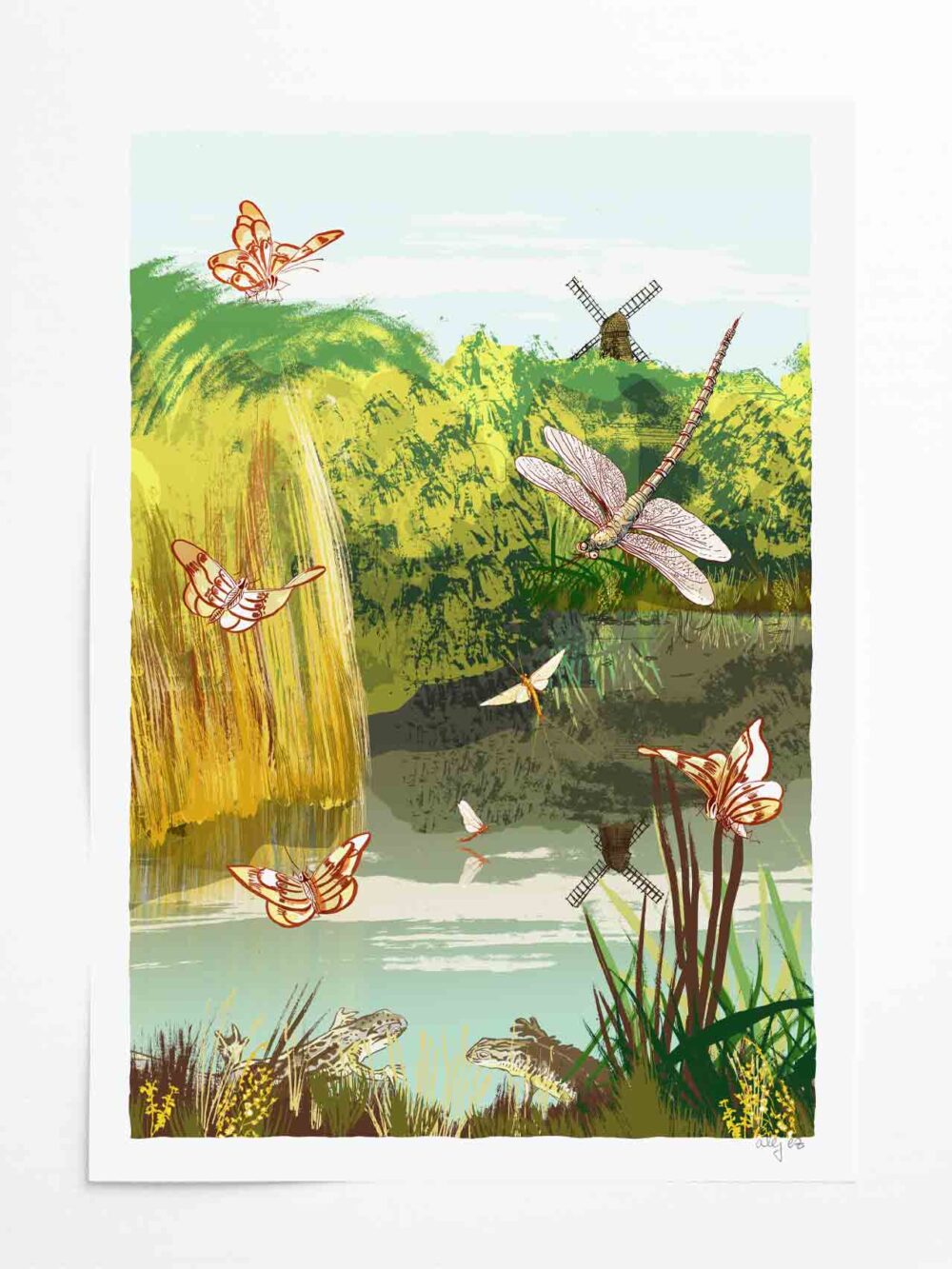
Rottingdean Pond and Beacon Mill
Price range: £40.00 through £310.00 Select options This product has multiple variants. The options may be chosen on the product page -
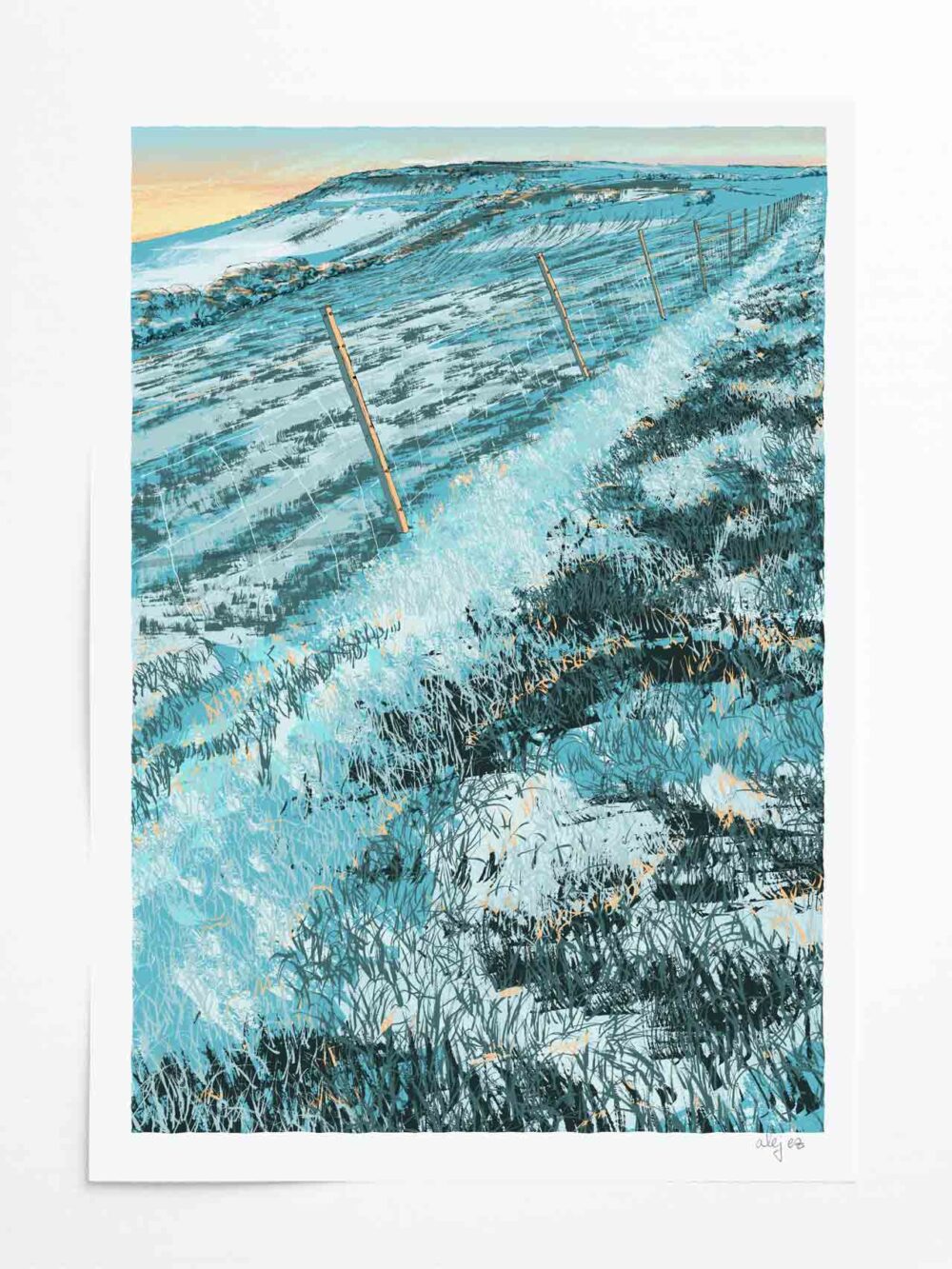
South Downs Way Winter Walks
Price range: £40.00 through £310.00 Select options This product has multiple variants. The options may be chosen on the product page -
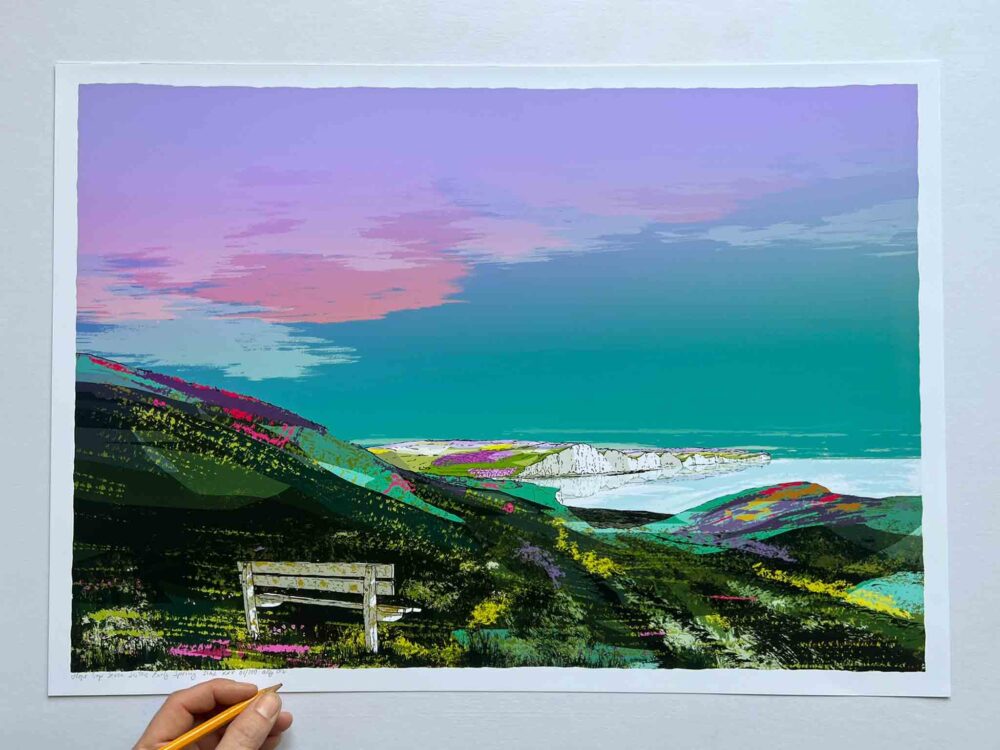
From Hope Gap to the Seven Sisters White Cliffs Spring
Price range: £40.00 through £310.00 Select options This product has multiple variants. The options may be chosen on the product page -
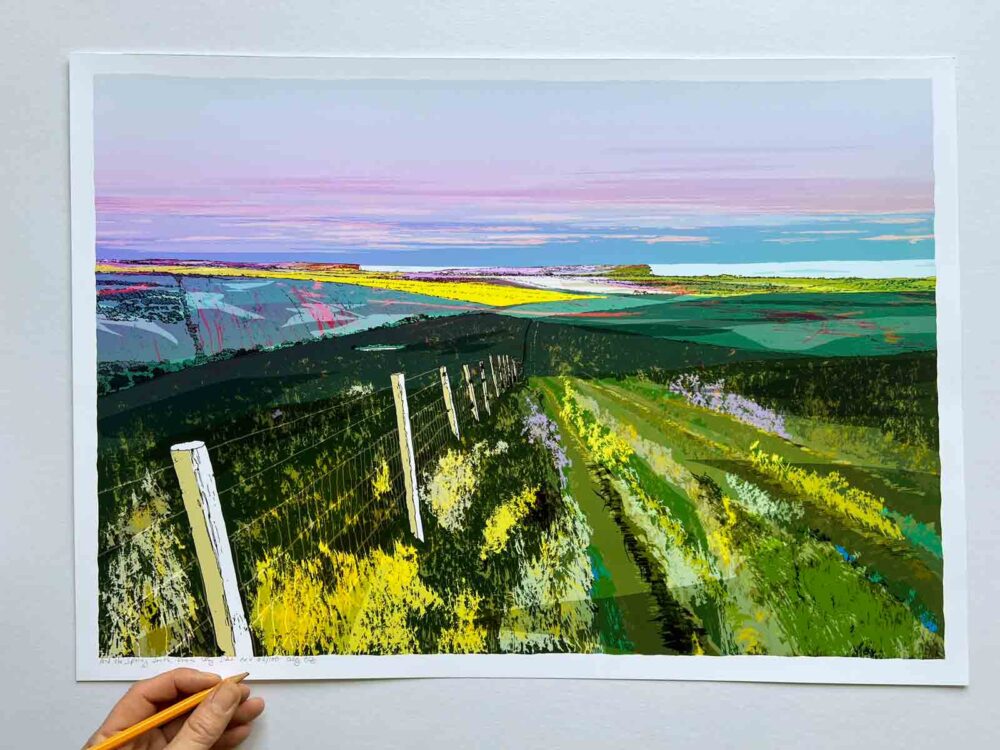
And then Spring South Downs Way
Price range: £40.00 through £310.00 Select options This product has multiple variants. The options may be chosen on the product page -
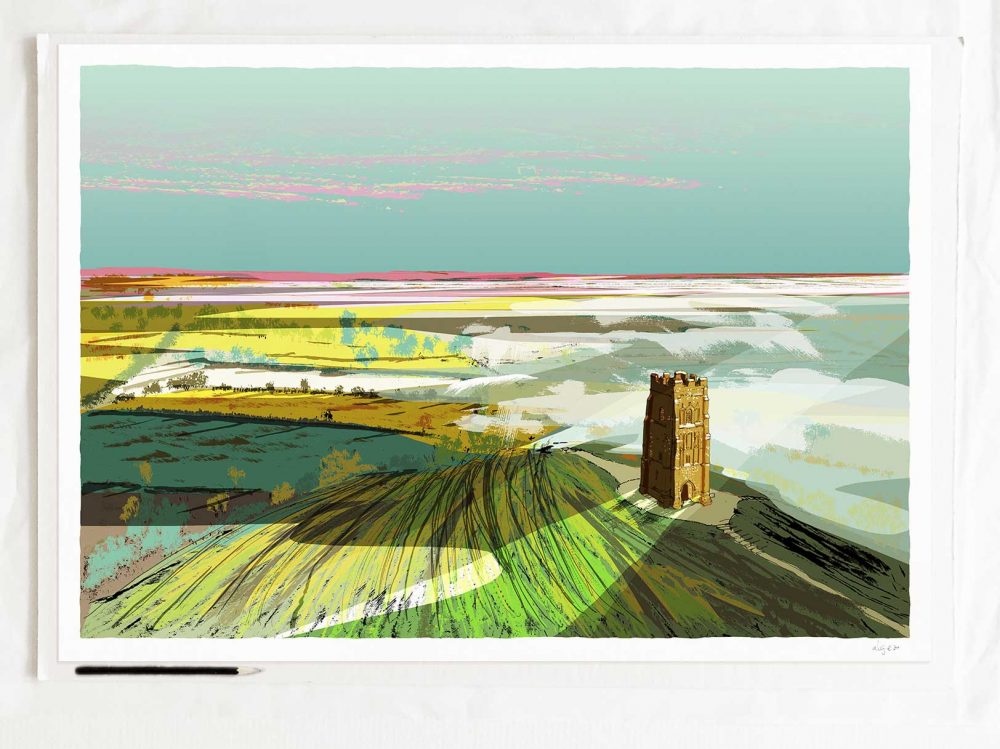
Legends of Glastonbury Tor
Price range: £40.00 through £310.00 Select options This product has multiple variants. The options may be chosen on the product page -
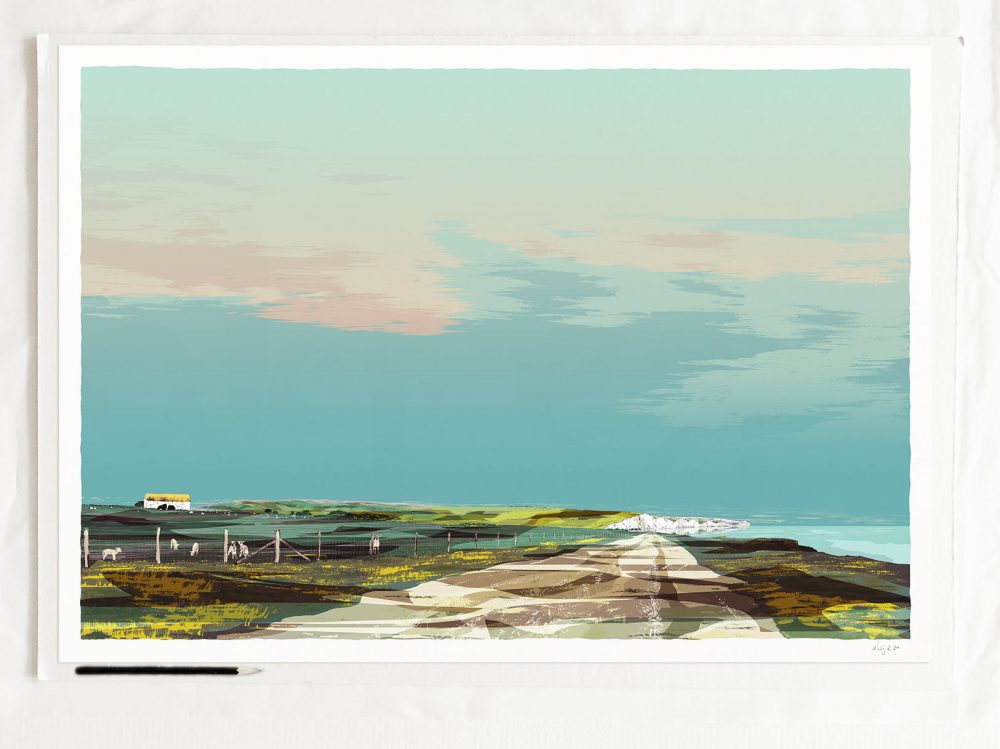
Spring Lambs in South Downs South Hill Barn
Price range: £40.00 through £310.00 Select options This product has multiple variants. The options may be chosen on the product page -

Spring Lambs in South Downs. Seven Sisters Cliffs from South Hill Barn
£192.00 add to basket -

Early Spring in South Downs from Seaford to Cuckmere Haven
£192.00 add to basket -
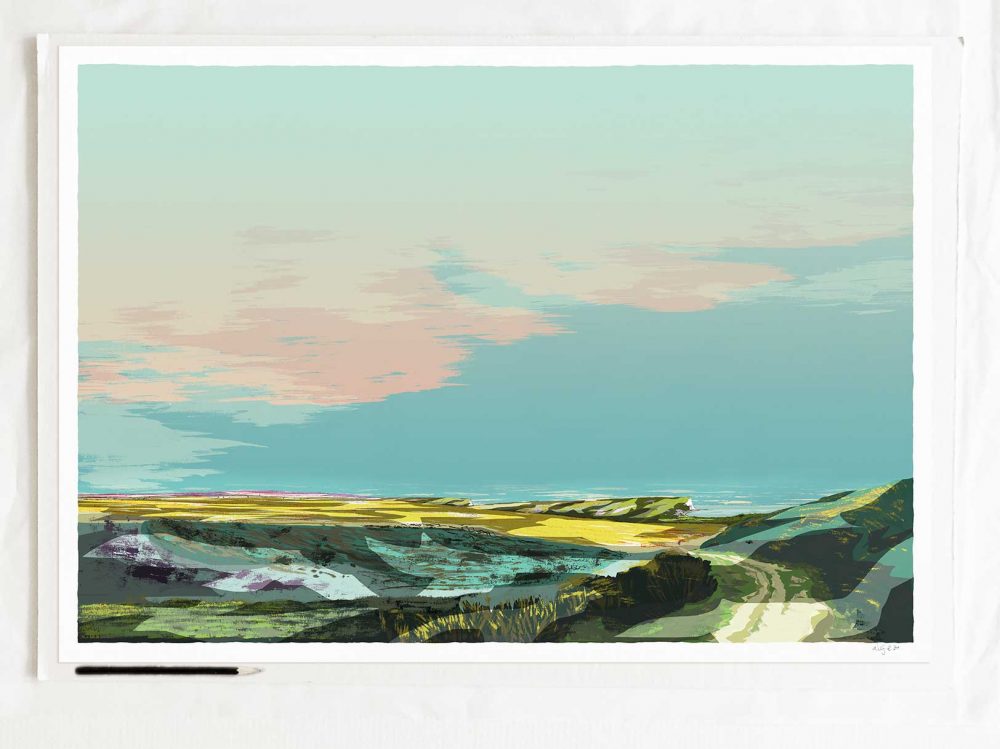
Spring in South Downs from Seaford to Cuckmere Haven
Price range: £40.00 through £310.00 Select options This product has multiple variants. The options may be chosen on the product page -

A Sussex Walk along the Cuckmere River to the Litlington White Horse
£192.00 add to basket
Additional information
| Dimensions | N/A |
|---|---|
| Print sizes: standard portrait and square | A0 print size, portrait, A1 print size, portrait, A2 print size, portrait, A3 print size, portrait, A4 print size, portrait |
